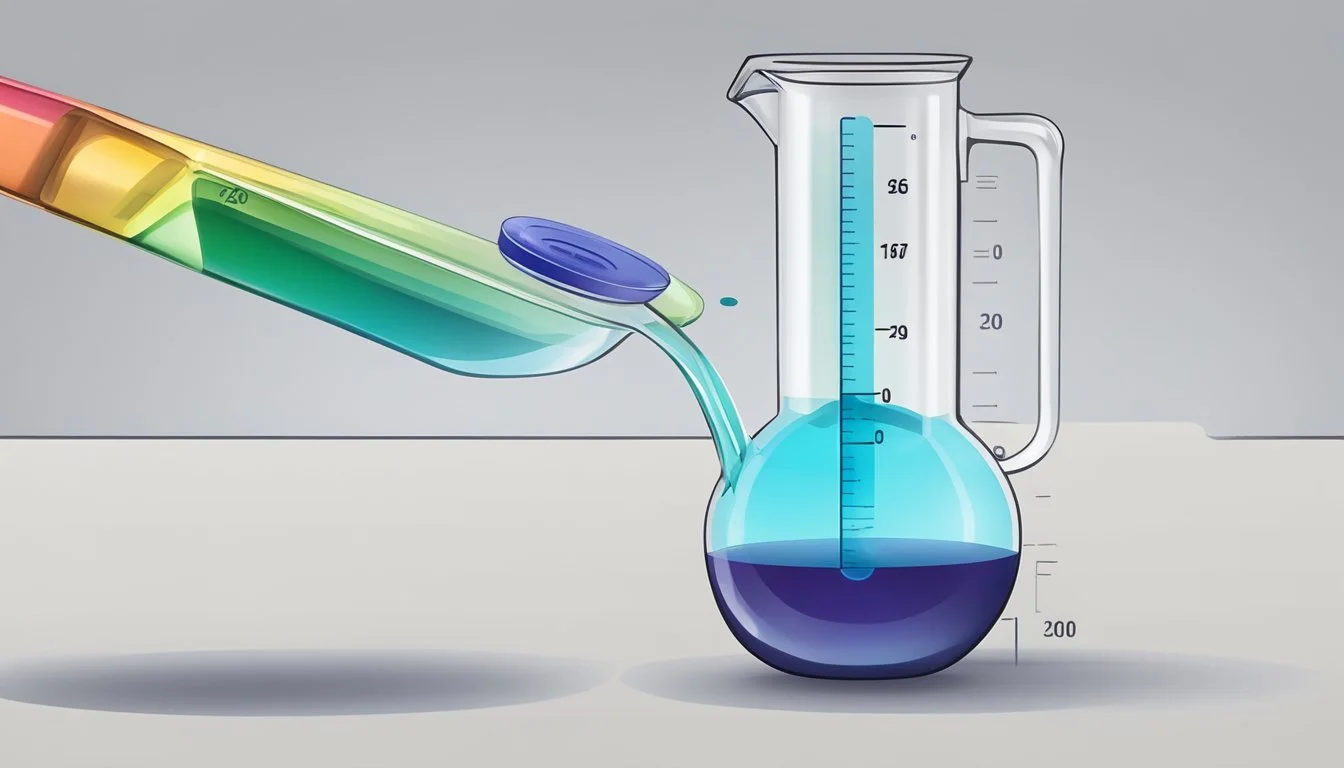How Many Tablespoons in an Ounce?
Quick Measurement Guide
Understanding the conversion between tablespoons and ounces is essential for both cooking and baking, as recipes may require measurements in volume or weight. In the realm of kitchen conversions, one commonly asked question is how many tablespoons are in an ounce. The answer is relatively straightforward when dealing with fluid ounces, which is a measure of volume. There are exactly 2 tablespoons in a fluid ounce. This knowledge is particularly useful when precise measurements are needed and a measuring spoon is readily available while a fluid ounce measuring device is not.
However, when it comes to dry ingredients, the conversion can become a bit more complex due to the density of the substance being measured. Typically, the conversion of dry ounces to tablespoons requires knowing the density of the ingredient, which can vary from one substance to another. For many dry ingredients, a rough estimate can be used where 1 ounce is equivalent to 2 tablespoons, but for greater accuracy, it is recommended to use a kitchen scale or refer to specific conversion tables tailored for the ingredient in question.
Understanding Measurements
When converting tablespoons to ounces, it's crucial to have a clear understanding of measurement units and the differences between volume and weight. The process varies depending on whether the ingredient is liquid or dry.
Units of Volume
Volume is the space occupied by a substance, commonly measured in units such as liters (L), milliliters (mL), cups (c), tablespoons (tbsp), and fluid ounces (fl oz). In the context of cooking, volume is used to measure liquids and some solid ingredients that can be leveled off in a measuring cup or spoon.
Weight vs. Volume
Weight refers to the mass of an ingredient, typically measured in grams (g), kilograms (kg), or pounds (lb). Volume is a measurement of how much space an ingredient takes up. Density, which is mass divided by volume, is an important factor in converting from weight to volume; more dense substances will weigh more for the same volume.
Conversion Essentials
To convert between tablespoons and ounces, two common conversions are used: 1 fluid ounce is approximately equal to 2 tablespoons, and 1 tablespoon is roughly equivalent to 0.5 fluid ounces. For dry measurements, these conversions can vary based on the ingredient's density.
Standard Measurement Systems
The US customary system uses units including fluid ounces and tablespoons, while the Imperial system is similar but not identical. It's important to note that an Imperial fluid ounce is larger than a US fluid ounce.
Accuracy in Measurement
Accuracy in measurement is paramount, especially in cooking and baking where precise ratios can affect the outcome's quality. Using a scale can provide a more accurate measure compared to volume-based tools.
Measurement Abbreviations
Common abbreviations in cooking include tbsp for tablespoon and oz for ounce. These abbreviations simplify notation in recipes and cooking instructions, aiding in quick and effective communication of measurements.
Common Cooking Conversions
Cooking often requires the conversion between tablespoons (tbsp) and fluid ounces (fl oz). For instance, 8 tablespoons are equivalent to 4 fluid ounces, which is also 1/2 cup.
Ingredient-Specific Conversions
Different ingredients have unique densities, making them require specific conversion factors. For example, 1 ounce of water translates to 2 tablespoons, but 1 ounce of all-purpose flour is approximately 1.9172 tablespoons when considering average flour density.
Chemistry of Cooking
The chemistry of cooking is an intricate play of chemical reactions, where measurements can influence the interactions and ultimately, the dish's success. Precision ensures balanced responses, especially in reactions involving baking powder, baking soda, and yeast.
Conversion Tools and Resources
A variety of tools facilitate conversion, including conversion tables and calculators. Online resources or apps often offer these tools, allowing for quick conversion with inputs for ingredient type and desired units.
Culinary Experts' Advice
Chefs and recipe developers emphasize the importance of using proper measurement techniques to achieve consistent and desired outcomes. Adhering to the specified measurements in a recipe is key to replicating culinary success.
Educational and Governmental References
Reliable references like the National Institute of Standards & Technology, the CK-12 Foundation, or the U.S. Food & Drug Administration provide guides and standards which ensure uniformity in measurements. These resources serve to educate both professionals and enthusiasts on the importance of measurement precision.


